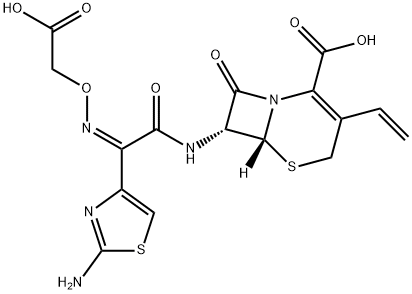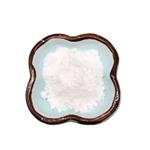The use of Cefixime for childhood infections
Sep 5,2024
Introduction
Cefixime is a broad-spectrum, third-generation cephalosporin antibiotic derived semisynthetically from the marine fungus Cephalosporium acremonium with antibacterial activity. As does penicillin, the beta-lactam antibiotic cefixime inhibits bacterial cell wall synthesis by disrupting peptidoglycan synthesis, reducing bacterial cell wall stability and bacterial cell lysis. It exerts its bactericidal effect by attaching to penicillin-binding proteins and inhibiting peptidoglycan synthesis, thus causing damage to the bacterial cell wall. Stable in the presence of a variety of beta-lactamases, this agent is more active against gram-negative bacteria and less active against gram-positive bacteria compared to second-generation cephalosporins[1].

Used in children
Although cefixime is an effective antibiotic in many situations, less expensive and equally effective alternatives are frequently available. The following are guidelines on the use of cefixime in children:
For otitis media, since S pneumoniae is the most common bacterial pathogen, cefixime does not offer any advantages over less expensive agents such as amoxicillin, trimethoprim-sulfamethoxazole and erythromycin-sulfisoxazole. While beta-lactamase produces H influenzae and M catarrhalis, which are common pathogens in otitis media, amoxicillin is effective even in many cases[2].
For streptococcal pharyngitis, penicillin V remains the treatment of choice. Only penicillin has been studied and reported to be effective in preventing rheumatic fever. However, suitable antibiotic alternatives include erythromycin and cephalosporins. Cefixime and other less expensive first- and second-generation cephalosporins effectively treat streptococcal sore throat.
As yet, insufficient published controlled studies show cefixime to be effective for treating children with sinusitis, ‘bronchitis’ or pneumonia. However, its antimicrobial spectrum does include the bacterial pathogens that commonly cause sinusitis and pneumonia in children.
For urinary tract infections, cefixime offers little advantage over less expensive agents such as amoxicillin, trimethoprim-sulfamethoxazole and nitrofurantoin. However, cefixime can treat urinary pathogens resistant to those antibiotics but susceptible to cefixime.
Single-dose cefixime is effective in treating uncomplicated gonorrhea infections, while longer duration is required to treat pelvic inflammatory disease caused partly by N gonorrhoeae. However, it is controversial whether cefixime is effective in treating pharyngeal gonorrhea.
Cefixime is effective for the treatment of young children (where quinolone antibiotics are contra-indicated) with gastroenteritis caused by Salmonella and Shigella species that are resistant to traditional antibiotics such as amoxicillin and trimethoprim-sulfamethoxazole. However, it is unknown whether resistance will eventually develop in these pathogens with the increasing use of cefixime.
Preliminary evidence suggests that switching to oral cefixime may be an effective alternative (after initial parenteral antibiotic therapy) in preventing the occurrence of serious Gram-negative infections in oncology patients recovering from febrile neutro- penia. However, controlled studies are awaited.
References
[1] O M Ige, A O Okesola. “COMPARATIVE EFFICACY AND SAFETY OF CEFIXIME AND CIPROFLOXACIN IN THE MANAGEMENT OF ADULTS WITH COMMUNITY-ACQUIRED PNEUMONIA IN IBADAN, NIGERIA.” Annals of Ibadan postgraduate medicine 13 2 (2015): 72–8.
[2] Tan, B J. “Cefixime use in children: When and why.” Canadian Journal of Infectious Diseases 6 4 (1995): 204–5.
- Related articles
- Related Qustion
- Cefixime: Antimicrobial Activity, Susceptibility, Administration and Dosage, Clinical Uses etc. Mar 24, 2022
Cefixime is an orally administered cephalosporin with a broader antimicrobial spectrum than those of earlier oral cephalosporins, such as cephalexin and cefaclor.
BSA is described as a globular non-glycoprotein with a molecular weight close to 66 430. It is made of 583 amino acid residues and has 17 cystine residues (8 disulphides bridges and 1 free thiol group).....
Nov 11,2024Biochemical EngineeringSodium iodide is a water-soluble ionic compound with a crystal lattice. Sodium iodide is a source of iodine and can be administered as a supplement for total parenteral nutrition, but it is more commonly used in veterinary medicine.....
Sep 5,2024Inorganic salts








